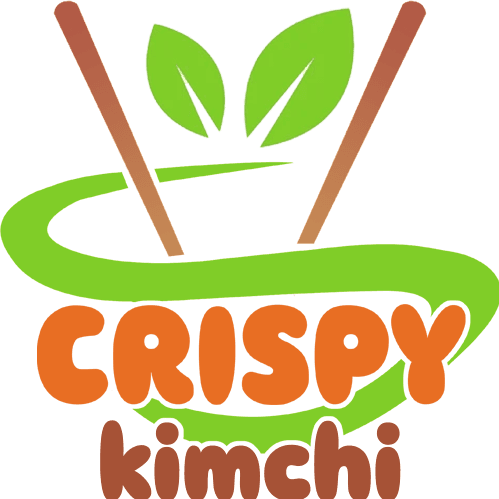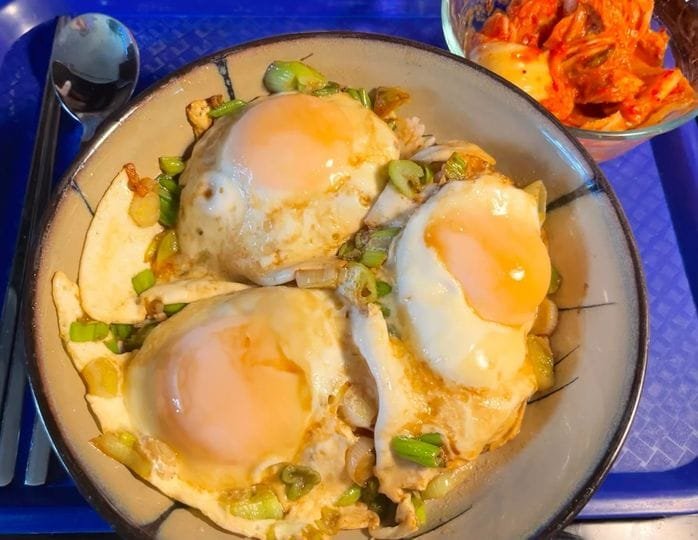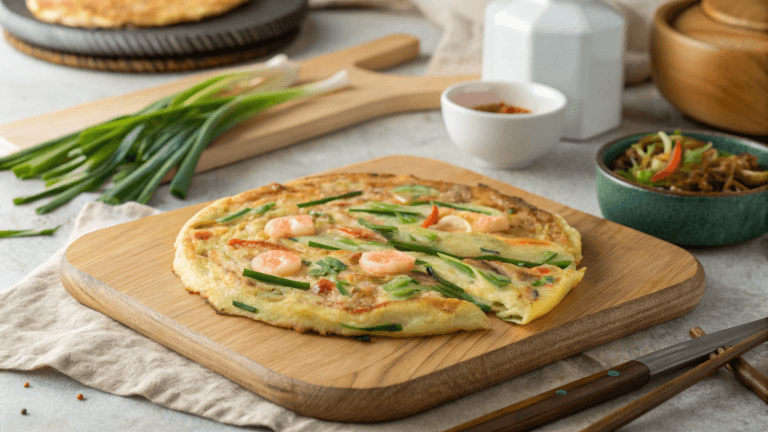Delicious Korean Bean Sprouts: A Deep Dive
Explore the rich history, health benefits, and culinary versatility of Korean bean sprouts, a staple in Korean cuisine known as kongnamul.
Introduction
Korean bean sprouts, known as kongnamul in Korean, are more than just a simple vegetable; they are a fundamental ingredient in the rich tapestry of Korean cuisine. These crunchy, mild-flavored sprouts are not only delicious but also packed with nutrients, making them a fantastic addition to any diet. Moreover, they offer an incredible versatility that can be incorporated into a wide range of dishes. Therefore, whether you’re a seasoned Korean food enthusiast or a newcomer to these flavors,
this article will provide an in-depth exploration of kongnamul, covering everything from its historical roots to its modern-day culinary applications. In this comprehensive guide, you’ll discover the history, nutritional benefits, preparation techniques, and exciting recipes featuring these fantastic sprouts. We will delve into the unique characteristics of Korean bean sprouts, their significance in Korean culture and cuisine, and how you can easily incorporate them into your own cooking. Get ready to uncover the amazing world of Korean bean sprouts!
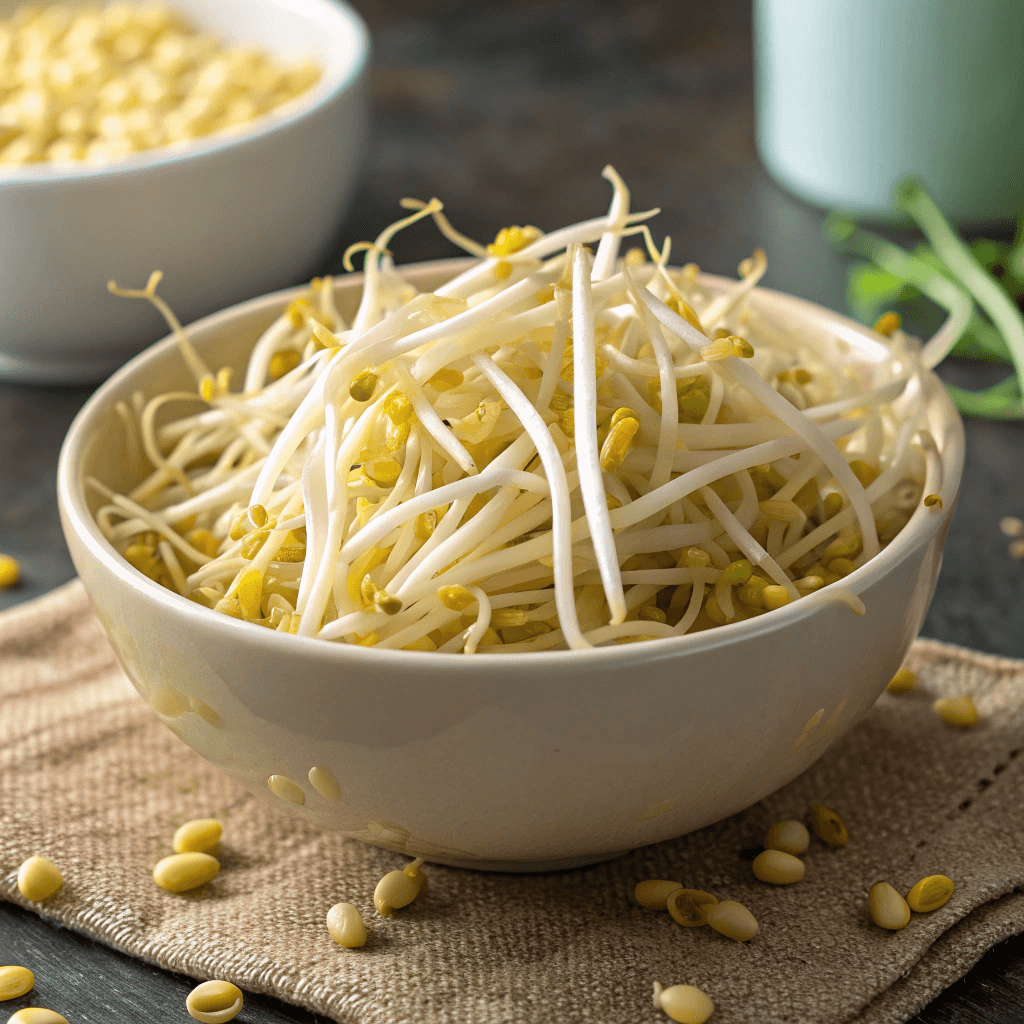
The History and Cultural Significance of Kongnamul
The history of kongnamul in Korea is deeply intertwined with the nation’s agricultural practices and culinary traditions. Indeed, the cultivation of bean sprouts dates back centuries. Historically, bean sprouts were a crucial food source, especially during periods of scarcity. Therefore, the ability to sprout beans provided a reliable source of nutrition, even in times of limited resources. Furthermore, kongnamul is a very adaptable ingredient, easily incorporated in many Korean dishes.
Kongnamul holds a special place in the Korean diet, where it has been a staple ingredient for generations. In addition to being a practical food, it also has a cultural resonance. While not specifically symbolic in grand traditions, it’s a symbol of resourcefulness and sustenance, integral to the daily lives of Koreans. Even now, in modern Korea, kongnamul remains a popular and accessible ingredient that can be found in markets and is used daily by families. Its continued popularity speaks to its enduring importance in the nation’s food culture.
Types of Korean Bean Sprouts
While bean sprouts are common, Korean bean sprouts, also known as kongnamul, have distinct characteristics. These sprouts are specifically cultivated from soybeans, which is different from mung bean sprouts, which are more common in other Asian cuisines. As a result, kongnamul tends to be thicker and have a slightly different texture than mung bean sprouts. Generally, these sprouts are known for their firm, crunchy texture and characteristic pale yellow color, particularly toward the base where the sprout and the bean meet.
Korean bean sprouts typically have a relatively short root, and their leaves are often small and delicate. When selecting your bean sprouts, it’s essential to look for fresh ones that are firm and crisp. Avoid sprouts that appear slimy, discolored, or have a musty odor, as these are signs of spoilage. Fresh, high-quality kongnamul will enhance the flavor and texture of your dishes. Moreover, understanding these key features will ensure you are purchasing and using the best sprouts possible. These differences are crucial to understanding how they are best used in recipes.
You can find fresh Korean bean sprouts in most Asian supermarkets or online retailers specializing in Korean ingredients. If you have a local Korean grocer, that is often your best bet. While you can technically grow your own at home, this can sometimes be labor intensive. Therefore, it’s often easier to buy them fresh, especially for those with busy schedules.
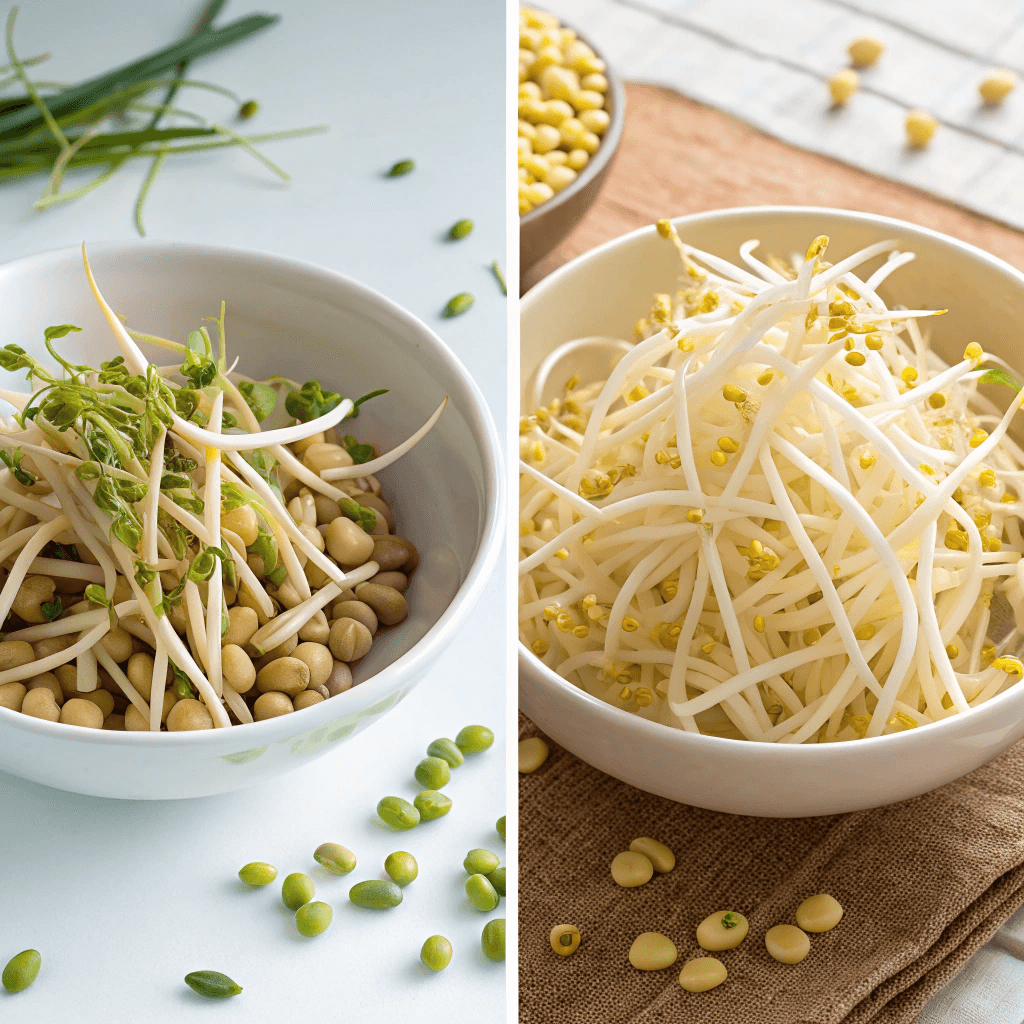
Nutritional Powerhouse: Health Benefits of Korean Bean Sprouts
Korean bean sprouts are not only delicious but also a powerhouse of nutrition. In fact, they are packed with essential vitamins and minerals that contribute to overall health. Therefore, incorporating them into your diet can be a great way to boost your nutritional intake. These sprouts are a good source of Vitamin C, which is essential for immune function and skin health. Additionally, they contain Vitamin K, which is important for blood clotting and bone health. Moreover, kongnamul are a great source of folate, which is important for cell growth and development.
Furthermore, Korean bean sprouts are rich in dietary fiber, which promotes healthy digestion and helps in regulating blood sugar levels. In addition to the vitamins and fiber, these sprouts are also a good source of plant-based protein. Therefore, they are an excellent addition to any vegetarian or vegan diet. Moreover, the protein in bean sprouts is beneficial for muscle growth and repair.
They also contain antioxidants that help protect your cells from damage and promote overall wellness. As a low calorie and low fat food, kongnamul are a perfect choice for those looking to manage their weight, as it allows for the intake of important nutrients without the added baggage. Indeed, studies have shown that regular consumption of bean sprouts may help improve blood sugar control and promote heart health; however more research is always needed on such topics.
| Nutrient | Amount per 100g |
| Calories | 30 |
| Carbohydrates | 6g |
| Protein | 3g |
| Fiber | 2g |
| Vitamin C | 15mg |
| Vitamin K | 34mcg |
| Folate | 61 mcg |
| Sodium | 12mg |
Note: These values are approximate and may vary based on growing and preparation methods.
Preparing and Storing Korean Bean Sprouts
Proper preparation is essential to get the best out of your Korean bean sprouts. Therefore, before cooking, you need to clean them thoroughly. First, place the sprouts in a colander and rinse them under cold, running water. Be sure to remove any loose hulls or damaged sprouts that you see. Moreover, it’s common to remove the root tips of kongnamul, although this is not required. While some people prefer to remove the ends, it’s largely a matter of personal preference. Removing the tips can enhance the texture in some recipes. Therefore, it’s up to you if you chose to do so.
To trim bean sprouts, simply use a small paring knife to cut off the very tip of the root. Alternatively, you can use your fingers to pinch off the root tip. Some home cooks suggest that you should not cut the sprouts too much as you will lose the crispiness. However, these roots are harmless and will not cause any health issues if left intact. Therefore, if you don’t mind the appearance, feel free to skip this step. It’s all a matter of preference.
Proper storage is also vital to maintaining freshness. Fresh kongnamul should be stored in the refrigerator in a sealed container. Line the bottom of the container with a paper towel to absorb excess moisture, which will help prevent them from becoming slimy. Additionally, it’s best to use your bean sprouts within a few days of purchase for optimal freshness and quality.
Furthermore, be sure not to wash your sprouts before storage, as this can increase moisture and cause spoilage. If you are unsure about the freshness of your sprouts, give them a sniff. Bad sprouts will often have a rotten smell. Another sign of bad sprouts is a slimy coating. Therefore, if you see or smell these signs, discard your sprouts.
If you want to store your sprouts long term, freezing is an option. First, you need to blanch the sprouts for a couple of minutes, drain them, and place them in freezer bags or containers. However, keep in mind that they will lose a bit of their crispness when frozen and thawed. Therefore, frozen bean sprouts are best used in soups and stews rather than salads.
Cooking with Korean Bean Sprouts: Techniques and Tips
Kongnamul are incredibly versatile in the kitchen and can be used in a variety of cooking methods. Blanching is a common step for many Korean bean sprout dishes. To blanch the sprouts, bring a pot of water to a boil, add the bean sprouts, and cook for one to two minutes. Immediately transfer them to an ice bath to stop the cooking process. This ensures the bean sprouts remain crisp and retain their vibrant color. Consequently, the blanching process will also make them more easy to work with in other recipes.
Sautéing or stir-frying kongnamul is another popular method. To do so, heat some oil in a pan and add the sprouts, cooking them quickly over high heat. Be careful not to overcook them, as they can become too soft and mushy. The goal is to keep them crisp and tender. Therefore, cooking them briefly is key. Steaming the sprouts is also an alternative method for cooking, and this method allows you to retain all of the nutritional value.
Kongnamul is also a key ingredient in soups and stews. In most of these cases, they should be added towards the end of the cooking process. This is because they cook quickly and can become overly soft if added too early. Moreover, the sprouts will soak up all the delicious broth and flavors from the soup. When it comes to seasoning, typical Korean flavors such as soy sauce, garlic, sesame oil, gochugaru, and gochujang are often used. Feel free to experiment with different spices and seasonings to find your perfect flavor combination. Therefore, having an understanding of these techniques will unlock the versatility of the bean sprout.
Classic Korean Bean Sprout Dishes
Korean bean sprouts are the star of many classic Korean dishes. One of the most popular is Kongnamul Muchim, a seasoned bean sprout salad, a popular side dish in most Korean homes. To prepare Kongnamul Muchim, blanch your sprouts and then toss them with a mixture of soy sauce, garlic, sesame oil, green onions, and a dash of gochugaru for a touch of spice. You can customize it with different seasonings to suit your taste preferences, adjusting the amount of garlic and chili to your personal spice preference.
Another staple is Kongnamul Guk, a simple yet comforting bean sprout soup. This soup typically includes kongnamul, water or broth, garlic, and sometimes a touch of soy sauce or fish sauce for added flavor. The simplicity of kongnamul guk highlights the clean and refreshing taste of the bean sprouts. However, it can also be customized with other ingredients such as seafood for a more flavorful soup. One of the most popular variations is Haemul Kongnamul Guk, which includes different types of seafood.
Kongnamul is also a key component of the iconic Korean dish, Bibimbap. In this dish, the sprouts are typically stir-fried or sautéed with a little bit of soy sauce and sesame oil before being used as a topping for the bibimbap. Therefore, when making Bibimbap, the bean sprouts should not be overcooked as they need to maintain their texture when mixed with rice and other ingredients.
In addition to its appearance in Bibimbap, Kongnamul can also be made into a full meal called Kongnamul Bap. To make this dish, you need to cook your rice with bean sprouts, creating a hearty and affordable meal. The rice is often seasoned with soy sauce, garlic, and a touch of sesame oil and is commonly enjoyed for lunch.

Detailed Recipe: Kongnamul Muchim (Seasoned Bean Sprout Salad)
Here is a detailed recipe for Kongnamul Muchim so you can try it at home:
Ingredients:
- 2 cups Korean bean sprouts (kongnamul)
- 1 clove garlic, minced
- 1 tablespoon soy sauce
- 1 teaspoon sesame oil
- 1/2 teaspoon gochugaru (Korean chili flakes), adjust to taste
- 1/2 teaspoon sesame seeds
- 1/4 green onion, finely chopped
Instructions:
- Prepare the Bean Sprouts: Rinse the Korean bean sprouts thoroughly under cold water and remove any discolored or damaged sprouts. Remove the tips if desired.
- Blanch the Sprouts: Bring a pot of water to a boil, add the bean sprouts, and blanch for about 1-2 minutes, until tender-crisp.
- Cool the Sprouts: Immediately drain the sprouts and transfer them to an ice bath to stop the cooking process. Once cooled, drain them again and squeeze out excess water.
- Combine Ingredients: In a mixing bowl, combine the blanched bean sprouts, minced garlic, soy sauce, sesame oil, gochugaru, and sesame seeds.
- Mix Well: Gently mix all the ingredients together, ensuring that the bean sprouts are well coated with the seasoning.
- Garnish and Serve: Garnish with chopped green onions and serve immediately or chill before serving.

Nutritional Content (per serving, based on the above recipe):
| Nutrient | Amount per serving |
| Calories | 50 |
| Carbohydrates | 8g |
| Protein | 2g |
| Fat | 2g |
| Fiber | 1g |
Note: Nutritional content is approximate and may vary slightly based on ingredient amounts and brands.
Tips and Tricks for the Best Korean Bean Sprout Dishes
When cooking with kongnamul, there are a few key tips that will help you achieve the best results. The most important thing to remember is to not overcook the sprouts. Overcooked bean sprouts become soft and mushy. Therefore, it’s important to cook them until they are just tender-crisp, maintaining their crunch. Another thing to keep in mind is to use the right amount of water for boiling and blanching. Using too much water can cause them to become soggy. Therefore, try to use only enough water to cover the sprouts.
Additionally, seasoning is crucial for bringing out the best flavor in Korean bean sprouts. Feel free to experiment with different Korean seasonings, like soy sauce, sesame oil, garlic, gochugaru, and gochujang, to find your favorite flavor combinations. However, always add the seasoning at the end of cooking so they don’t become too soggy from soaking in the sauce. Moreover, adding some chopped green onions for a fresh aroma.
FAQs (People Also Ask)
Here are some frequently asked questions about Korean bean sprouts:
How long can bean sprout banchan last?
Bean sprout banchan, like kongnamul muchim, can last for 3-5 days in the refrigerator if stored properly in an airtight container. However, it’s always best to consume it as soon as possible for optimal flavor and texture.
What are some fun facts about mung bean sprouts?
Mung bean sprouts are different from Korean bean sprouts, as they are made from mung beans rather than soybeans. They are often used in other Asian cuisines and are known for their thin sprouts and delicate flavor. Mung bean sprouts also tend to have shorter roots compared to Korean bean sprouts.
Are Korean bean sprouts healthy?
Yes! Korean bean sprouts are very healthy. They are low in calories and fat but rich in vitamins, minerals, fiber, and antioxidants. They can be a great addition to a healthy and balanced diet. They are a great source of folate, vitamin C and vitamin K.
How do you store Korean bean sprouts?
To store Korean bean sprouts, keep them in a sealed container in the refrigerator with a paper towel to absorb excess moisture. Try to use them within 3-5 days for optimal freshness. Avoid washing them before storage.
Conclusion
In conclusion, Korean bean sprouts, or kongnamul, are a versatile and nutritious ingredient that are a staple in Korean cuisine. From their rich history and cultural significance to their wide range of culinary applications, they are a truly amazing food source. We encourage you to explore the different dishes and methods and to incorporate them into your everyday cooking. With all the tips, tricks and recipes, we have provided in this article, you now have the tools you need to fully enjoy this fantastic food. So, grab some fresh kongnamul and start cooking!
Table of Contents
External Links for further information :
- Korean Bapsang: https://www.koreanbapsang.com/kongnamul-muchim-soybean-sprout-salad/
- My Korean Kitchen: https://mykoreankitchen.com/korean-soybean-sprouts-muchim/
- Maangchi: https://www.maangchi.com/recipe/kongnamulmuchi
If you’re a seasoned Korean food enthusiast or a newcomer to these flavors…” Link to: www.crispykimchi.com/baked-korean-chicken-wings-7-must-know-tips/
Cooking is an act of love and creativity! 🌟 What do you think of this recipe? I’d love to hear your thoughts and any tips or tweaks you’d suggest to make it even better. Let’s inspire each other in the kitchen!
There are no reviews yet. Be the first one to write one.

